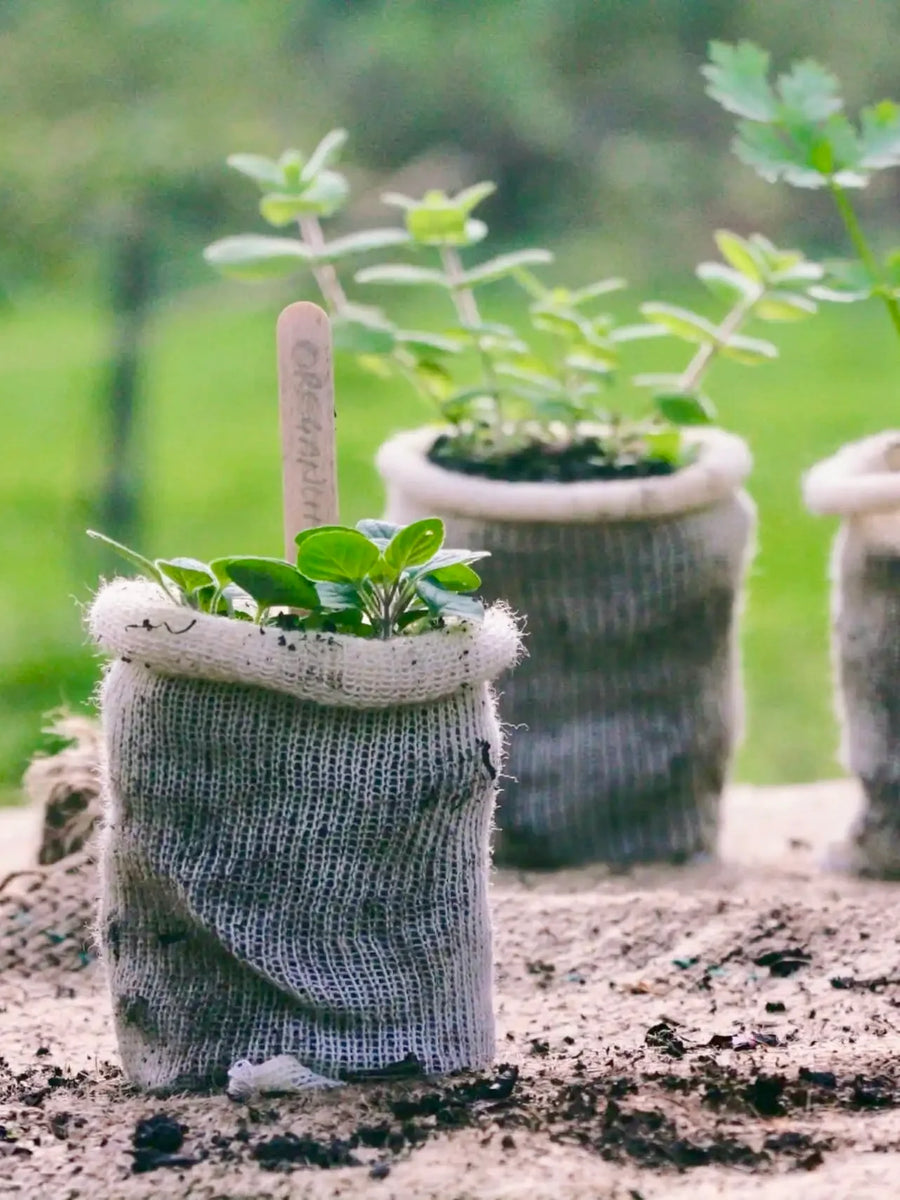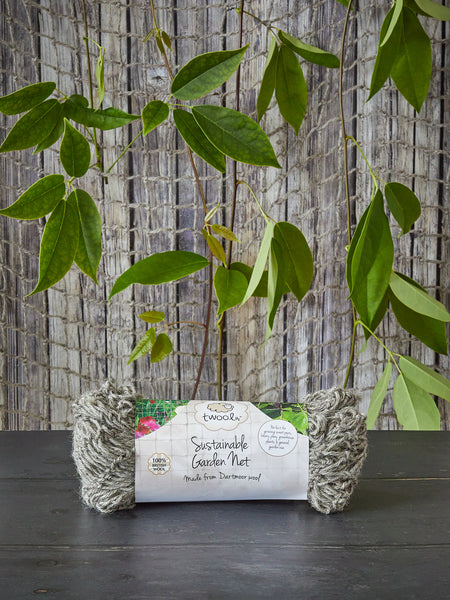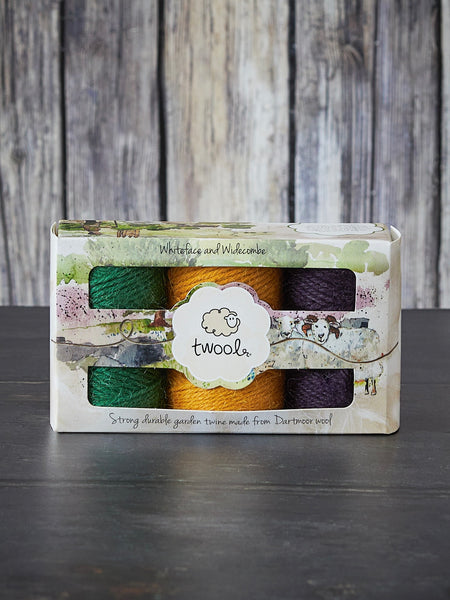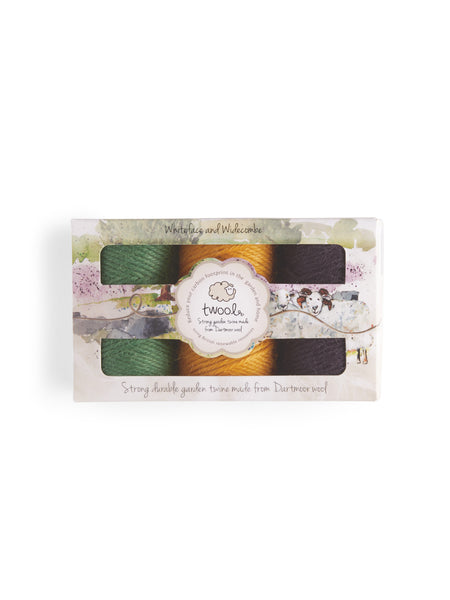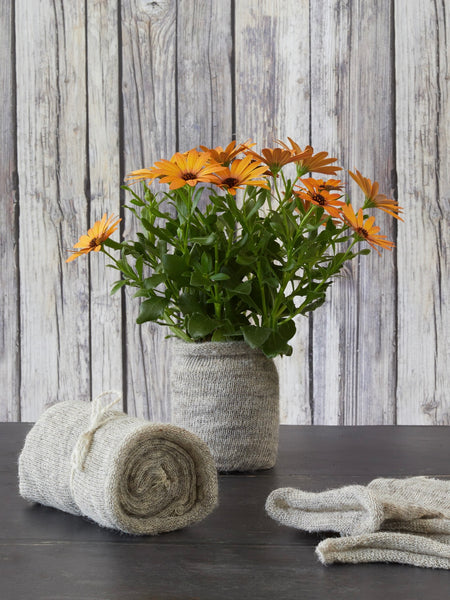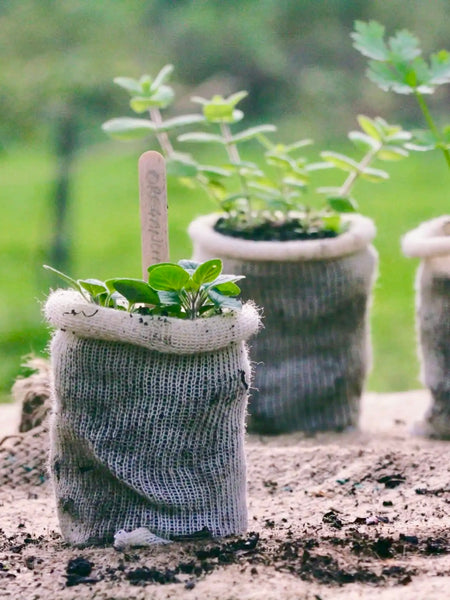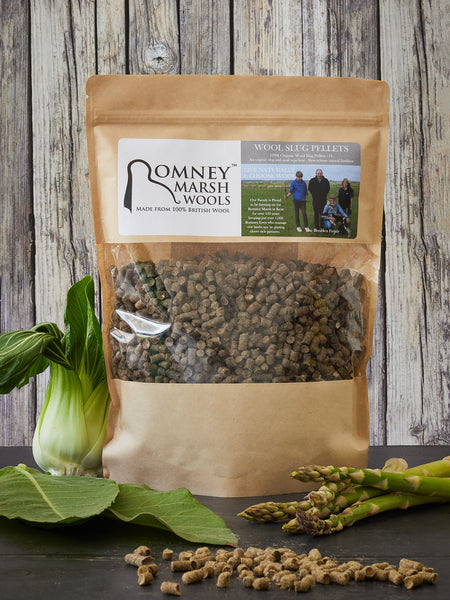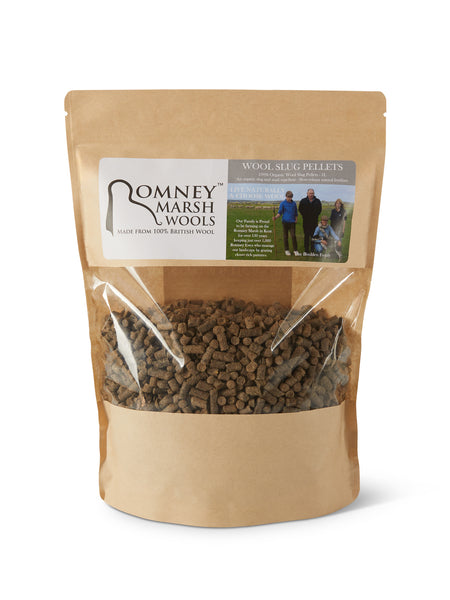Wool is so undervalued in the UK that some farmers have burned their fleeces in protest at the low prices being offered - around 26p per kilogram. Fortunately, a band of enterprising farmers and entrepreneurs has been hard at work finding alternative uses for wool so that we can all benefit from its unique qualities.
In different forms, wool has many properties that make it perfect for nurturing, protecting and supporting plants. I'm a big fan, and have been experimenting with wool on my allotment and in my garden for the last couple of years. Here are six reasons why I think you should use wool in your garden:
- It’s soft and strong. Wool fibres are long and durable, making them perfect for spinning into twine, rope, net, and fabric. A wool fibre can bend up to 20,000 times before breaking, compared to cotton at 3,000 times. It has loft, meaning it will form light, open masses capable of insulating, trapping air, or holding water. Birds and hedgehogs will thank you for a supply of fluffy wool to line their nests.
- It’s absorbent. Wool can absorb 30% of its weight without feeling damp, and that’s just the start! Acting like a sponge, wool is a valuable additive for light soils and potting composts. You can use it to line hanging baskets or in place of crocks at the bottom of pots and containers. As such, it’s an excellent alternative to peat and sphagnum moss. Wool’s water-wicking properties make it perfect for use as capillary matting in a greenhouse or polytunnel. When you go on holiday, you can stand your house plants on damp wool matting in a bath or sink, and they’ll draw the water up.
- It’s packed with goodness. As wool decomposes, it releases nutrients into the soil, creating food for microorganisms and plants. Nitrogen is the main element (10-11%), essential for vigorous plant growth, followed by potassium, which encourages flower and fruit production. Because wool degrades slowly, it can be used as a slow-release fertiliser, taking anywhere between six and twelve months to disappear completely. Incorporate wool when digging or planting, use it as a mulch, or shred it into your compost bin. The fleece gathered to make wool fertilisers comes from a sheep’s back end - a material known as ‘daggings’ - so it comes with added sheep manure, too.
- It’s irritating! When we put on an itchy sweater, we know about it. Slugs and snails experience the same sensation when they slide over a woolly surface. What's more, dry fibres will absorb their sticky mucilage. This makes wool an excellent deterrent for slimy garden pests when used as a protective barrier. You can use fleece in its raw state or, better still, minced up and made into wool slug pellets that you can quickly scatter around plants. Deer are said to be discouraged by the smell of wool.
- It’s bountiful and British. Unlike jute, cotton, raffia and sisal, wool is produced in vast quantities right here in the UK. Consequently, it doesn’t have to be shipped halfway around the globe to reach our gardens, and most of the processing can be done on these shores. Moreover, buying wool products helps create a market for farmers.
- It’s natural and organic. Most wool garden products require little processing and use natural, untreated fleece. By adding wool to your garden you're completing a natural cycle and returning chemical-free goodness to the soil.

As with any material, wool has drawbacks, and it’s wise to be aware of these before using it in your garden.
- Wool can be heavy when wet and soggy, so it’s not a good mulch for very small plants or those intolerant of persistent moisture, such as succulents.
- As a compost ingredient, wool fibres can form a mat or ‘cap’ on the surface so that water won’t penetrate and seedlings find it hard to break through. Experiment with wool composts before sowing your most precious seeds.
- Wool's pH tends to be alkaline (7.5-9), so it should be avoided where acid-loving plants like rhododendrons and camellias are grown.
- Untreated wool has an unmistakable odour. Most people find it perfectly tolerable, even comforting, but it’s perhaps better experienced outside than inside. Wool that’s been processed into twine or fabric has very little scent.
- Decomposition can be slow and uneven. The rate at which wool breaks down depends on moisture, temperature, aeration, and the number of microorganisms present. It may hang around for longer in cold, heavy soils or during dry spells before disappearing completely.
Wonderful Wool Products

Wool Pots
Developed in response to all the British wool being wasted, knitted pots offer a biodegradable, sustainable alternative to plastic.
Plant your seeds, young plants, or cuttings directly into them, and the knitted fabric will wick up and retain moisture while aerating developing roots. When your plants are big enough to plant out, just dig a hole and pop the whole Wool Pot in. Leave the rim proud of the soil to act as a natural slug and snail repellant.
Shop Wool Pots

Wool Twine
Strong and weather-resistant, wool twine is softer and more durable than jute and more sustainable than plastic ties. Thanks to its silky fibres, it can be a little more slippy, so be sure to tie a double knot. Coloured twines are tinted using low-impact dyes that do not bleed or fade.
Shop Wool Twine

Wool Netting
Wool netting, a brand-new British invention, is manufactured from wool twine. The small mesh squares provide the perfect support for clinging climbers like peas, beans, cucumbers, clematis, and sweet peas. More long-lasting than jute, wool netting should last a couple of years before you need to replace it.
Shop Wool Netting

Wool Pellets
Made from daggings that have been minced, compressed, and turned into easy-to-handle pieces, wool pellets effectively protect plants from the unwanted attention of slugs and snails. When added at planting time or used as a mulch, they also increase water retention in soil and compost. As the wool breaks down, it acts as an organic slow-release fertiliser.
To use, scatter the wool pellets around the base of each plant and lightly water them. The pellets will expand to create a felt-like mat over which slugs and snails are disinclined to travel. I find them especially effective around delphiniums, dahlias and hostas.
Shop Wool Pellets

Wool Fleece
In its simplest, most unadulterated form, Wool provides a simple solution for boosting water retention in vegetable beds, bean trenches, flower borders, pots, and hanging baskets. It can also be used as summer mulch, holding water in the soil and keeping slugs and snails at bay. Carded wool fleece is loose, light and non-felted, which means it can be moulded into shape. Over time, the wool will break down, releasing nutrients into the soil or your compost heap. I use a handful of carded wool instead of crocks when planting pots and containers. It will retain moisture, reduce the need for watering, and prevent compost from falling through the drainage hole.
